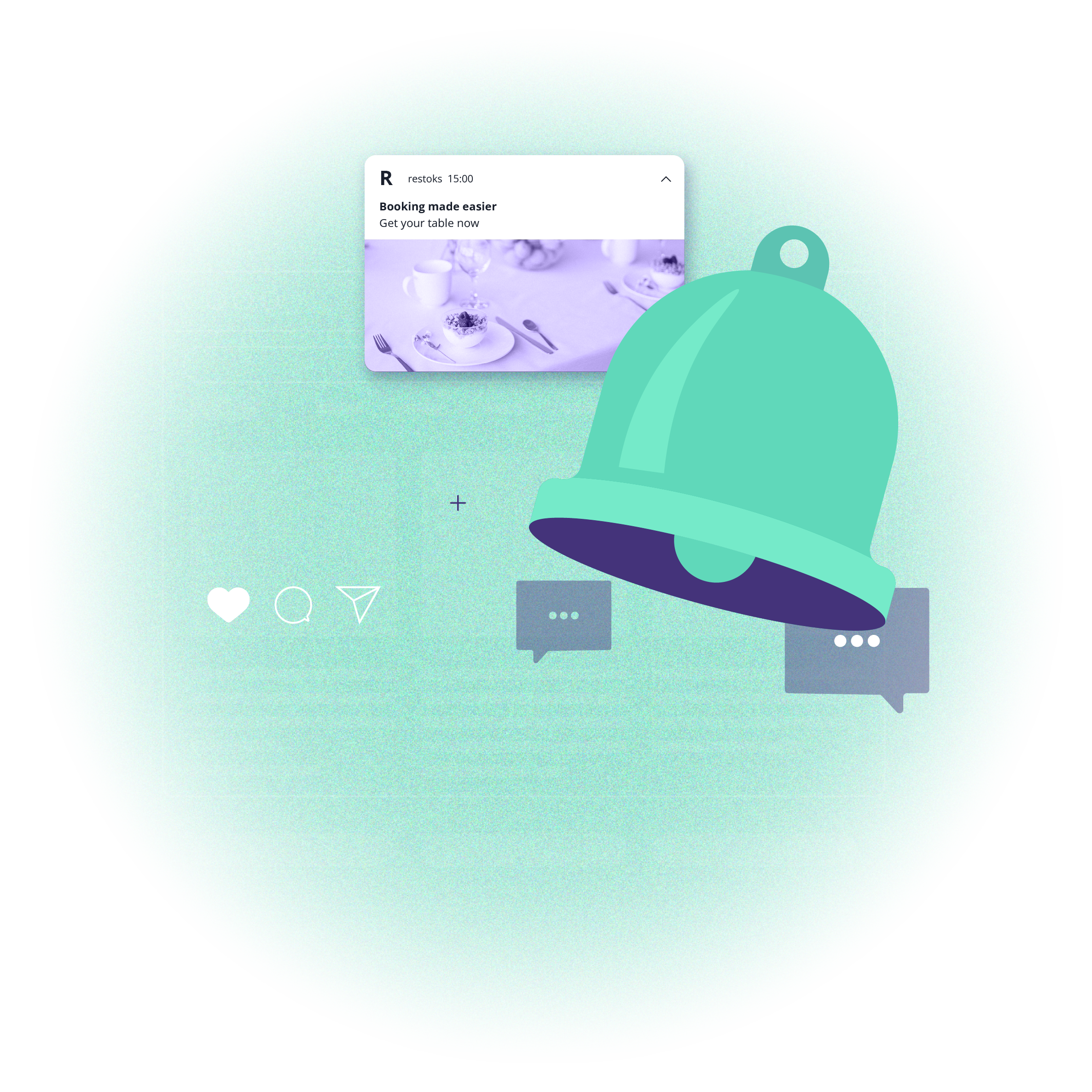Why do 68.8% of checkouts fail and how can you increase the conversion rate?
 Aleksandra Kozioł
Aleksandra Kozioł
Why do 68.8% of checkouts fail and how can you increase the conversion rate?
 Aleksandra Kozioł
Aleksandra Kozioł
Cart abandonment is a severe problem in almost every sector of the global e-commerce industry. If you want to lower the number of aborted checkouts, you have to devise an effective strategy and avoid common mistakes. We are going to show you what you can do to increase the conversion rate in your store and, thus, lower the cart abandonment index. Let’s get right to it!
Cart abandonment is a problem almost every e-commerce business faces every month. And while it cannot be removed altogether, there are ways to curb it. However, if you want to lower cart abandonment in your store, first, you need to look for reasons behind it.
Why do customers abandon their carts?
According to Baymard Institute, the average cart abandonment rate in the United States is currently at 68.8%. This means that, on average, 2 out of 3 users choose to abandon their purchase. That’s tens of thousands of dollars lost every month! Now, the valid question would be, why that is? That’s the question Baymard Institute has been asking for several years now, and currently, they have quite a comprehensive set of answers:

Image source: baymard.com/blog/ecommerce-checkout-usability-report-and-benchmark
What do these answers tell you about your checkout process?
For starters, that you ought to be transparent. Almost half of the respondents have left the site due to unexpectedly high additional costs related to the purchase (shipping, taxes, etc.). 17% told they couldn’t see the whole order cost upfront.
Secondly, that you shouldn’t complicate the process of finishing the purchase. Almost 25% said that the site asked them to create an account. Of course, from your standpoint, that’s reasonable, but it shouldn’t be a prerequisite for placing an order. Another 18% admitted the checkout process was too complicated.
Thirdly, make sure your online store’s website operates properly. Over 10% of customers said the website had errors or crashed altogether when they tried to order something. In 4% of instances, the credit card was declined. Some of these situations were surely caused by technical difficulties.
The third conclusion should be particularly important to European stores. As another report [The state of European checkouts in 2021 by Stripe] informs us, 94% of the top European e-commerce businesses had at least 5 basic errors in their checkout. And what were these errors? Stripe, the company behind this report, investigated that area as well. Here are their findings:
42% of top businesses made mistakes when formatting payment information or displaying error messages
61% didn’t support address auto-complete
10% of checkouts didn’t default to letting customers use their billing address as their shipping address
75% didn’t allow customers to save their payment information for future use
We could shortly sum up that customers leave you when they feel misled, they experience technical problems, and when they have to go through an overly complicated purchasing process. Therefore, it would be a good starting point to make sure that none of these elements is a case in your store.
Three ways to decrease the shopping cart abandonment rate
A PROPERLY DESIGNED CART SECTION
Now, we want to show you two examples of online stores with their cart sections designed almost flawlessly, according to the principles mentioned above:
GAP
After selecting an item, you go straight to the cart, where everything you need is displayed transparently and legibly on one short website. There is a short order summary (with information concerning the size and color), an estimated total amount to pay, and information on how much you have to spend to get free shipping. You also can join the loyalty program and input a promo code (if you have one).

BHPHOTOVIDEO
Notice that they’ve devised a special section within your cart where you can freely store products you might want to buy soon. It’s a fantastic idea to remind users about their product ideas in a non-aggressive way. Getting back to the cart itself–again, everything is displayed in an organized manner. You can estimate shipping and taxes costs before you place an order, and you can take a look at accessories that go well with this camera (so-called cross-selling).

MAKE SURE YOUR STORE IS USER-FRIENDLY
Besides what we told you up to this point, you should take care of your offer. This includes:
Quick and secure payment options (PayPal, Thawte, etc.)
Easy navigation between the cart and the website (make sure leaving the cart doesn’t mean deleting products in it!)
Diverse delivery options (courier, personal collection, lockers)
Guest checkout option (don’t make your users create an account to finish the order)
Clear information on where the user is at the moment and what are the next steps
These five elements can work miracles in your store! However, making sure everything looks and works correctly is one thing. Encouraging users to finish their orders is another. And that’s what we are going to talk about now.
ENCOURAGE USERS TO FINISH THEIR ORDERS: HOW?
Here, we want to mention three essential ways of encouraging customers to finish their orders:
REMARKETING
As Meazy.co reports, consumers are 70% more likely to convert (finish an order) with remarketing. In general, remarketing is all about reminding customers who have visited your website about their purchases. This strategy can be very effective, especially in the fashion industry, where as much as 35% of cart abandonment results from the need to think more about the purchase[4]. Leaving these hesitating customers to themselves is a huge, costly mistake!
How does remarketing work? Typically, it’s based on ads, especially in Google and on Facebook, but also on emails and even text messages. All you need is a proper remarketing tool that will track activity in your store and reach users who started the purchasing process but never finished it.
For instance, most likely, the vast majority of your customers also have a Facebook account. Thanks to the Facebook pixel, you can easily connect your online store with a Facebook Ads account. Facebook algorithms will collect information about your website visitors and automatically display personalized advertisements to undecided customers (via so-called dynamic ads) promoting products they’ve already viewed (and other similar products).

Image source: wordstream.com/blog/ws/2021/03/10/customize-facebook-dynamic-product-ads
WEB PUSH NOTIFICATIONS
That’s where our role begins. Web push notifications can be extremely effective! Here’s how it works: Our platform is connected to your store, and it detects abandoned shopping carts. Each cart is analyzed, especially regarding:
The number of products in the cart
The type of products in the cart
The price of the abandoned products
The time that has passed since the transaction was aborted
Once the user agrees to receive web push notifications, you can track their activity on the website. If they added something to the cart but did not complete the purchase, you can send them an automatic reminder (mind you, there may be several such reminders). The longer your e-commerce platform allows you to store unfinished transactions, the longer you can send push notifications.
Depending on the results of this initial analysis, a pre-planned notification is sent to the recipient (via their internet browser), which directs them directly to the abandoned cart. Such a notification can be personalized and equipped with additional information, e.g., comprising discount or free shipping.

The average CTR for these web push notifications is at around 10%, which means they allow you to save up to 10% of all abandoned carts. Here’s how such a notification can look like:

If you want to find out more about push notifications, feel free to drop us a line!
EXIT POPUPS
Although popups, in general, are not the most effective marketing strategy, they can be effective when it comes to leaving incomplete orders. If your customer is trying to leave the cart section (or even the whole website), display them a quick popup encouraging them to finish their order. To make it even more effective, you can:
Offer a discount, e.g., if the order is placed within 10 minutes
Ask them if they have any questions or doubts (along with the way to dispel them)
Use social proof to show them it’s a good product and they will be satisfied with it
Take a look at how such a popup can look like:

Image source: sleeknote.com/blog/cart-abandonment-strategy
As you can see, cart abandonment, although it’s a serious problem, can be limited to a minimum. All you need is a well-thought-out strategy. Ensure your store has a wide offer concerning payments and shipping, simplify the purchasing process, and remove potential glitches and obstacles. Once that’s done, you can think of additional ways of encouraging customers to stay with you. Think about remarketing, exit popups, and of course, push notifications. If you need more details on that, the PushPushGo Team is at your service!


Content Specialist @PushPushGo
Editor and writer. She is interested in media and new technologies.





